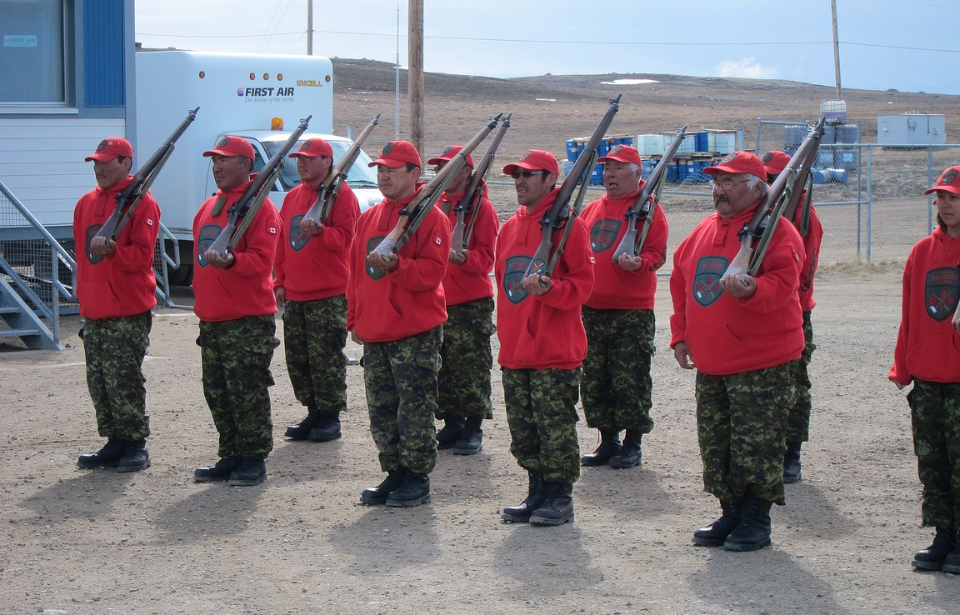The Canadian Armed Forces has a branch dedicated to the surveillance and protection of isolated areas of the north and along the coast. These specialized troops are adept at surviving in the extremely treacherous, harsh and blisteringly cold climates they serve in. Known as the Canadian Rangers, they also act as a military presence in locations so remote that it would be unfeasible to have large-scale forces stationed there, and, up until recently, they were equipped with the 1940s-era Lee-Enfield No. 4 rifle.
Canadian Rangers
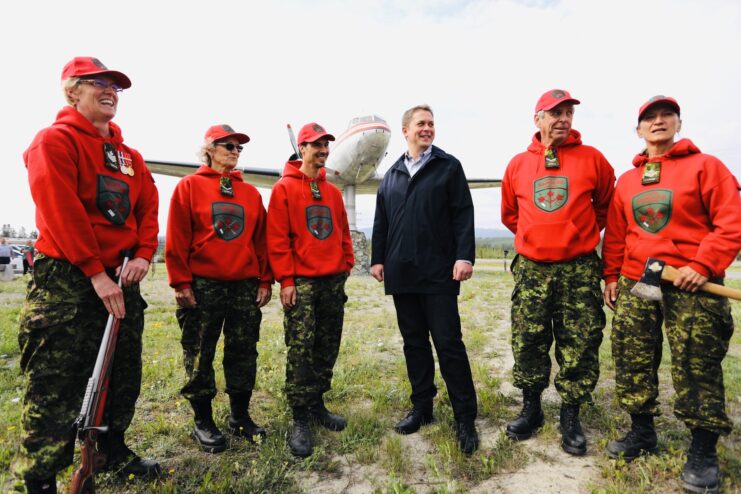
The Canadian Rangers are, to a certain extent, considered always on duty, as they live in the areas where they operate and have to remain observant as part of their daily lives. Operating within 200 isolated and remote communities above the 60th parallel and along the west and east coasts, there are a total of 5,000 Rangers serving in five patrol groups (CRPG).
The Canadian Rangers trace their origins back to 1947, although an earlier iteration was established five years earlier during the Second World War. At the time, there were fears the Japanese could attempt an invasion via the northern territories. At the time, they were known as the Pacific Coast Militia Rangers (PCMR). Made up of volunteers, they largely protected the western regions.
While the majority of Canadian Rangers are Indigenous, the makeup of the branch is diverse, with Rangers speaking 26 different languages. Outside of their military duties – patrols, sovereignty and national security tasks – they also conduct search and rescue operations, provide wilderness training and assist in the event of natural disasters, such as flooding and forest fires.
Lee-Enfield No. 4
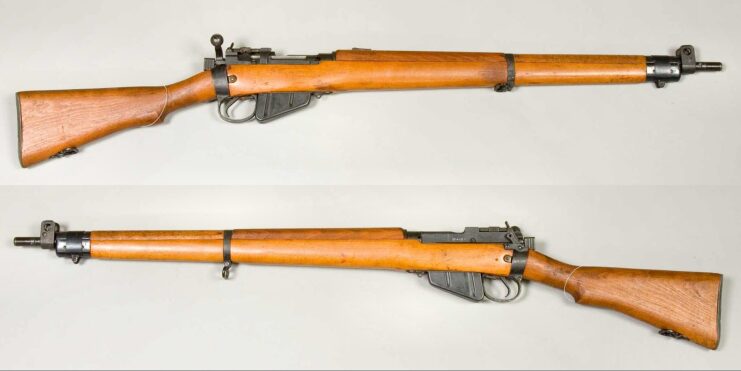
The extreme conditions the Canadian Rangers work in mean they need a reliable weapon and, up until recently, this came in the form of the Lee-Enfield No. 4. The rifle entered production in 1941, with 1.5 million being manufactured in Canada between 1941-45.
The Lee-Enfield traces its origins back to 1895, when it was adopted as the official service rifle of the British Army. The Canadian Army began equipping the weapon not long after, with 40,000 being purchased during a border dispute between Venezuela and Britain.
By the time the First World War broke out in 1914, a third iteration of the Lee-Enfield was already in production. Dubbed the Short Magazine Lee-Enfield Mk III, it was incredibly effective and accurate. However, it was complicated to produce, with its demand outpacing the availability of supplies. This led to changes, such as the removal of the magazine cut-off mechanism.
Fast forward to the late interwar period and the development of what would become known as the Lee-Enfield No. 4. The rifle was officially introduced into service in time for the Second World War and was produced in large numbers, due to its overall simplified design.
The Canadian Rangers began the Lee-Enfield No. 4 in 1947, and while the majority of the branches within the Canadian Armed Forces traded the rifle for more advanced weaponry as the decades passed, the Rangers kept it close at hand. Other members of the British Commonwealth kept it in service until the mid-1950s, at which point it was largely replaced by the L1A1 SLR.
Why did the Canadian Rangers keep the Lee-Enfield No. 4?
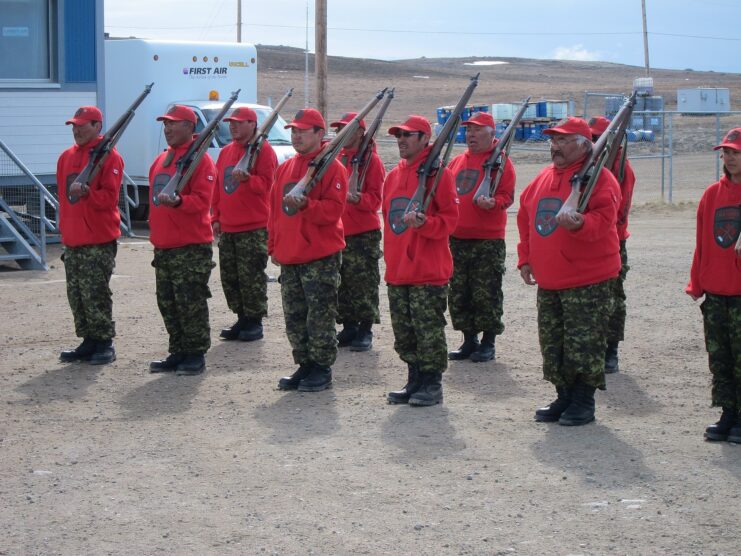
When the Canadian Rangers were established in 1947, they kept the Lee-Enfield No. 4s equipped by the Pacific Coast Militia Rangers, as the rifles had proven to be remarkably reliable in Canada’s climate, particularly the cold arctic region. As well, the enormous surplus of left-over .303 ammunition meant supplying the rangers with the rifles was much cheaper.
Its ruggedness, stopping power and accuracy allowed the Lee-Enfield No. 4 to remain in service with the Canadian Rangers for decades, as there was no need to look for a different weapon.
Replacing the Lee-Enfield No. 4 with the Colt Canada C19
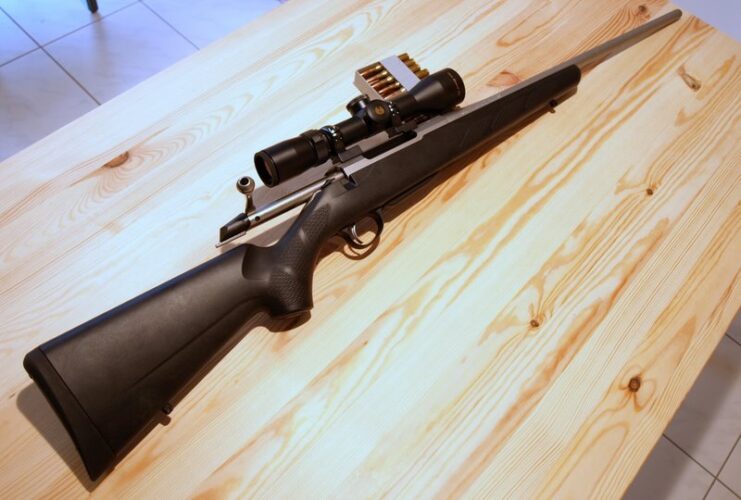
As the 1900s gave way to the 2000s, the Canadian Army began looking for a replacement for the Lee-Enfield No. 4, as spare parts were beginning to dwindle in quantity. In 2011, a request was made for a new rifle that could chamber two types of ammunition: the .308 Winchester and the more standard 7.62 x 51 mm NATO. The only other caveats were that the weapon be able to sustain a life of around 30 years and that 10,000 needed to be produced.
Of a Finnish SAKO, Ltd. design – in particular, modeled off the Tikka T3 Compact Tactical Rifle (CTR) – what emerged was the Colt Canada C19. Testing was conducted to ensure this new weapon could sustain the extremely cold temperatures of the north and take on large animals, such as polar bears. After one minor tweak, it was accepted.
The C19 entered production in 2016, with units being delivered between 2018-19. As of that date, the Canadian Rangers were no longer issued the Lee-Enfield No. 4 as their standard rifle. Those who still had the weapons were permitted to keep them as a gift from the Canadian government.
Colt Canada C19
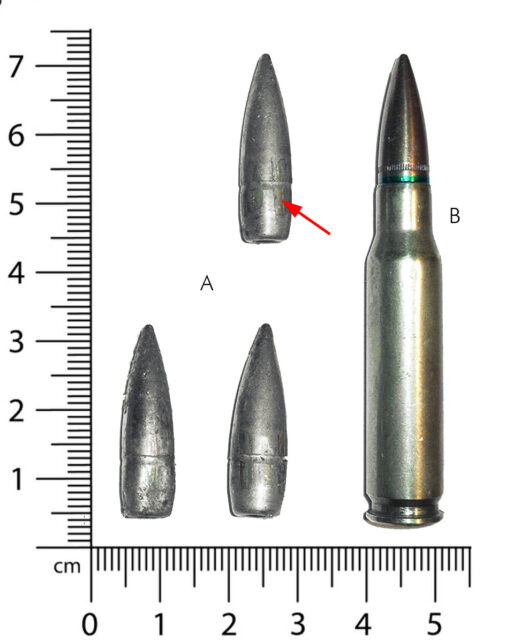
As aforementioned, the Colt Canada C19 is an export version of the Finnish Tikka T3 Compact Tactical Rifle. To ensure it can be adequately operated by troops in Canada, a number of modifications were made, such as protected sights, a laminated stock, an enlarged trigger guard and bolt handle for use by those wearing gloves, and a two-stage trigger with three-position safety.
With a stainless steel barrel, the C19 is better able to withstand the harsh conditions of Canada’s climate, including high humidity, cold temperatures and corrosion caused by salty sea air. Outside of the requested Winchester and NATO rounds, the rifle can also chamber C180 and the Bell C147 147-grain, meaning it’s incredibly versatile.
More from us: Atomic Veterans: The Troops America Used As Nuclear Guinea Pigs Following World War II
Approximately 6,500 units were produced between 2016-18, at $2,500 a piece. Despite having only been in service for a handful of years, the C19 has continually proven its effectiveness, showing it was the right replacement for the Lee-Enfield No. 4.
